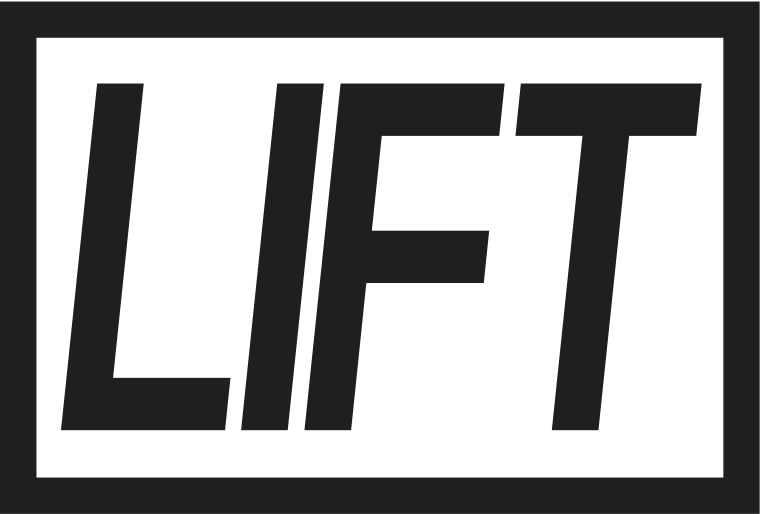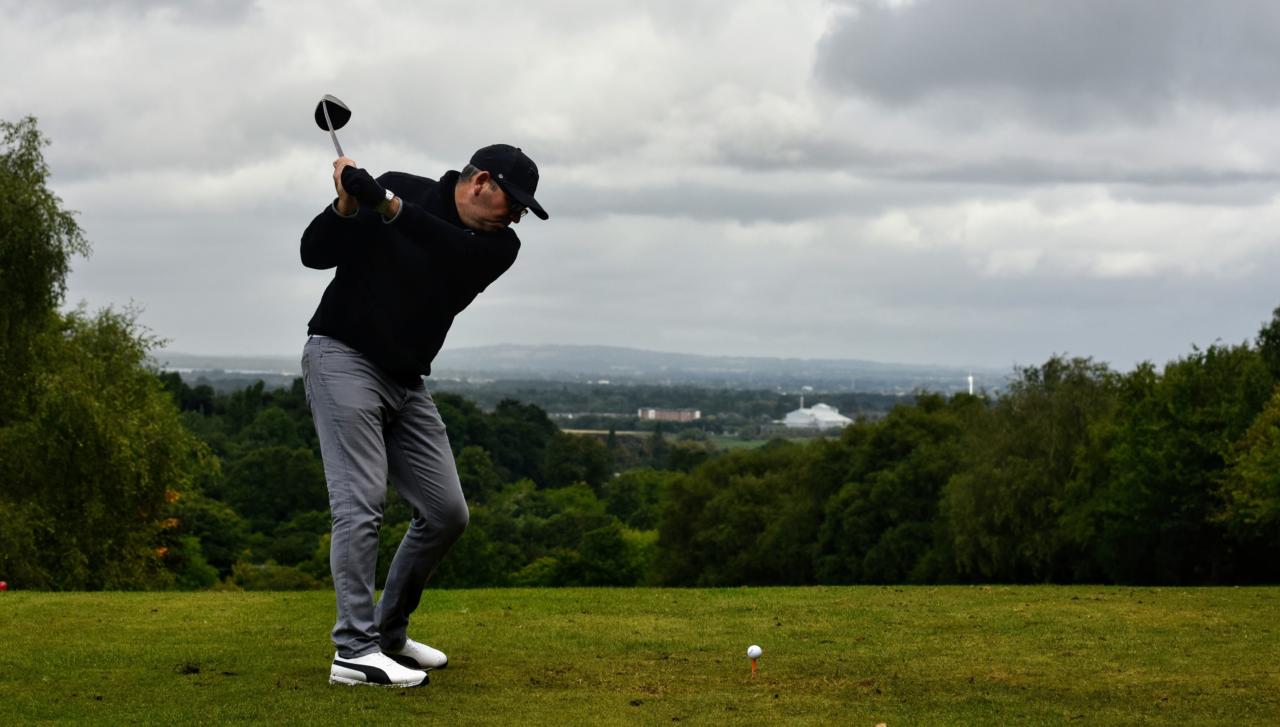No one is perfectly balanced when it comes to muscles and that’s totally fine. It only becomes a problem when your muscular imbalances alter the way you move or cause you chronic pain. Many trainers and physios see the same reoccurring muscular imbalances from desk jobs: tight hip flexors, inhibited/ weak glutes, hunched posture (poor thoracic spine mobility), and a weak core. These imbalances can be problematic because we are moving a lot less now.
The human body is very fascinating because of the way everything is interconnected. If we are missing mobility in one area of our body then our body will find a way to compensate. A lack of hip mobility can lead to knee pain or lower back pain as those two areas will have to compensate. Whether or not you play golf, having adequate mobility in your hips and thoracic spine plus a strong pair of glutes will help you stay pain free. Unfortunately these areas are lacking in many people so let’s go over how we can improve these problem areas!
1. GLUTES AND HIPS
We tend to sit on our butts all day meaning out glutes don’t really do much moving. Over time, they become dormant and essentially forget how to work. As mentioned earlier, the body is a big kinetic chain so if a muscle, like the glutes, stops doing it’s job then the body will compensate elsewhere. The hamstrings and/ or erector spinae (lower back muscles) in this case. The glutes and hips are strong, under-utilized, and are meant for movement. The lower back muscles are smaller, over utilized and not meant for movement. Safe to say you will get a lot more power and less pain when you use your hips instead of your lower back when playing golf. So use your glutes and mobilize your hips to avoid low back pain down the road!
2. THORACIC MOBILITY
3. CORE
Golfers without low back pain have been found to have twice as much trunk flexion velocity during the downswing due to increased core activity. The same study also found that golfers with low back pain tend to flex their spines more when addressing the ball, and had less trunk rotation which led to greater rotation from the lower back during the swing. Proper core training is needed, and that does not involve practicing your swing on a swiss ball while blinded folded. Last time I checked you play golf on stable grass and not on an unstable ball, so you should probably stop doing that. Core training in this case refers to cable chop variations, swiss ball exercises, anti-rotation/ anti-extension exercises, and breathing exercises
Core stability + Thoracic mobility = Happy back 🙂
Breathing is important. We all know how to breathe but learning how to breathe through our belly and diaphragm is essential. Try this out: take a deep breathe into your nose and see if you breathe into your belly or your shoulders. If you find yourself shrugging up as you breathe in then you’re more of a chest breather. We want to breathe through the diaphragm aka belly breathing. By breathing through your diaphragm, you keep your core (abdominals and lower back) tight and braced which takes pressure off your spine. Think of your core as a belt, and you want the belt to be tight to keep the back protected. Ask any top tennis player or MMA fighter on what they do with their core when they hit the ball or kick and they will tell you it’s all about stiffening the core.
A BRIEF NOTE ON GOLFERS AND LOWER BACK PAIN
We will most likely experience some sort of low back pain in our lifetime. The ability of our spine to absorb forces declines as we age which makes the likelihood of a lower back injury greater. Especially for older adults that play golf. Golf was Canada’s most practiced sport among Canadian adults in 2010 according to Stats Canada. Unfortunately, low back pain is the most common injury sustained by golfers, accounting for up to 34.5% of all injuries. The average injury will last between 2-4 weeks. The top 3 swing faults related to low back pain are below:
- Early extension – Hips come forward into the hand space during the swing
- Reverse spine angle – use of the erector spinae into extension during the backswing
- Reverse C finish – finishing with your lumbar spine instead of your hips



